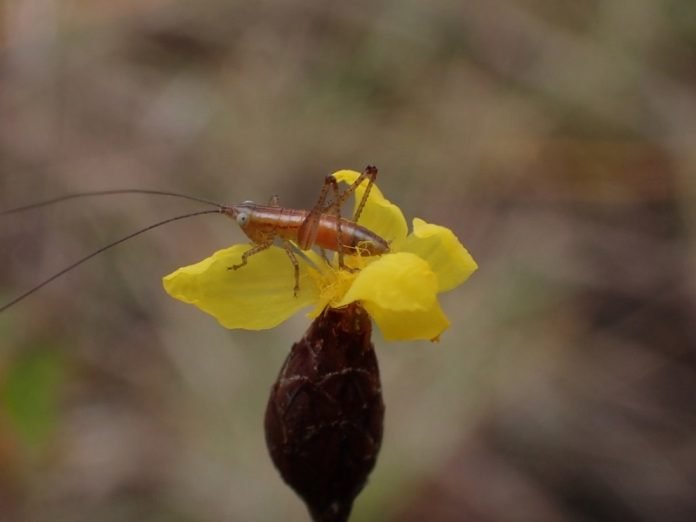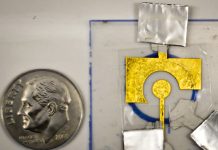
Researchers have made an intriguing discovery about a type of flowering plant called yellow-eyed grasses, previously thought to be unattractive to insects.
A recent study, led by scientists from Penn State and published in the Proceedings of the Entomological Society of Washington, has shown that these plants might be more appealing to bugs than previously believed, thanks to a deceptive fungus.
In 2020, a team of scientists working in Guyana found that a fungus was creating structures on the yellow-eyed grasses that mimic the plants’ natural flowers.
This mimicry, called “pseudoflowers,” is believed to trick insects into visiting the plant, where they inadvertently pick up and spread the fungus’ spores.
This observation led researchers to question the long-held belief that insects rarely visit these plants.
The research team, including Terry Torres-Cruz from Purdue University and Michael Skvarla from Penn State, conducted a detailed observation in Guyana, where yellow-eyed grasses are diverse.
They discovered a wide variety of arthropods, including spiders, beetles, and grasshoppers, visiting the plants.
Remarkably, they noted that these visits occurred despite the plants’ flowers not producing nectar, a common attractant for insects.
This finding suggests that yellow-eyed grasses might not only rely on wind for pollination as previously thought but could also be pollinated by insects.
“Finding that so many different types of insects visit these plants opens up the possibility that they could actually be insect-pollinated,” said Skvarla.
The researchers observed the plants across three different regions in Guyana, noting that each site had a unique array of arthropods. For instance, in the Demerara-Mahaica region, they spotted long-jawed orb weavers and meadow katydids among other insects.
In all three locations, the meadow katydid was consistently present, often seen feeding on the plants’ pollen and floral tissues.
This broad spectrum of insect visitors challenges the previous understanding that yellow-eyed grasses are not significant to insects.
The study’s findings are crucial for conservation efforts, especially since some species of yellow-eyed grasses, like Xyris tennesseensis in the U.S., are endangered and threatened by habitat destruction.
The researchers are planning further studies to compare insect visitation between natural flowers and the fungal pseudoflowers. Such research could provide deeper insights into the ecological interactions between plants, fungi, and insects.
The study was supported by the U.S. National Science Foundation, Pennsylvania State Agricultural Experiment Station, and other scientific organizations, highlighting the collaborative effort to understand and preserve these unique plant-fungal-insect relationships.



